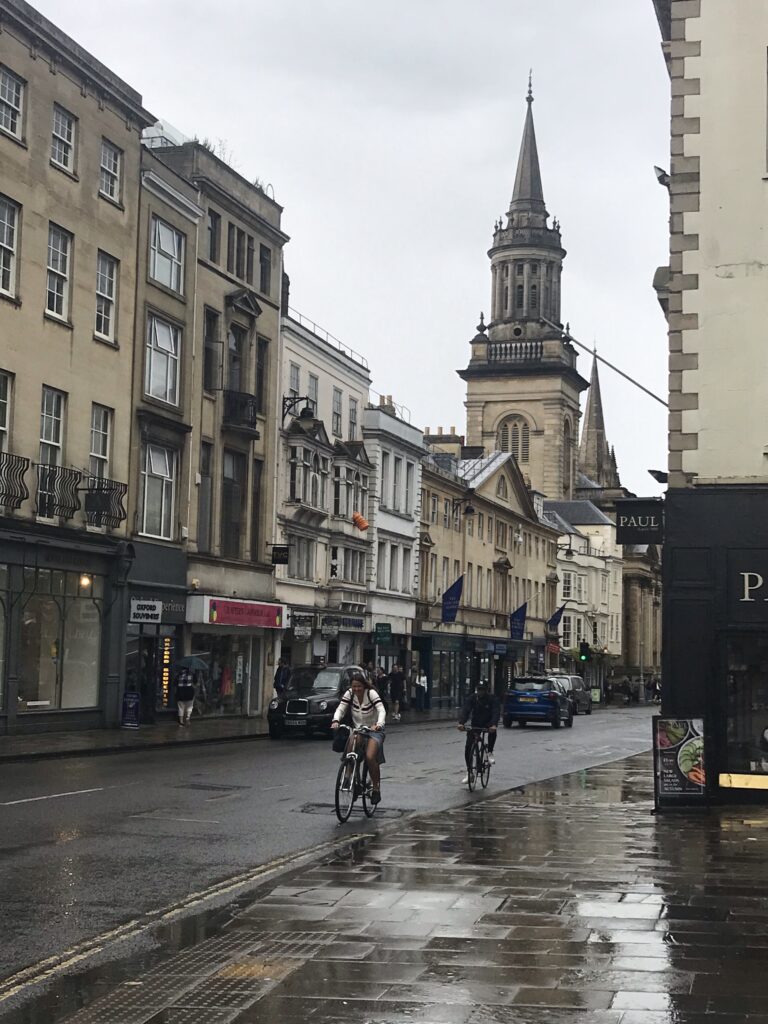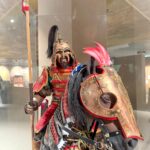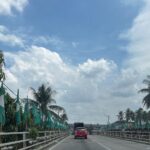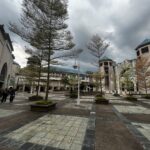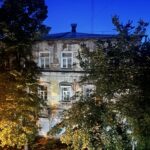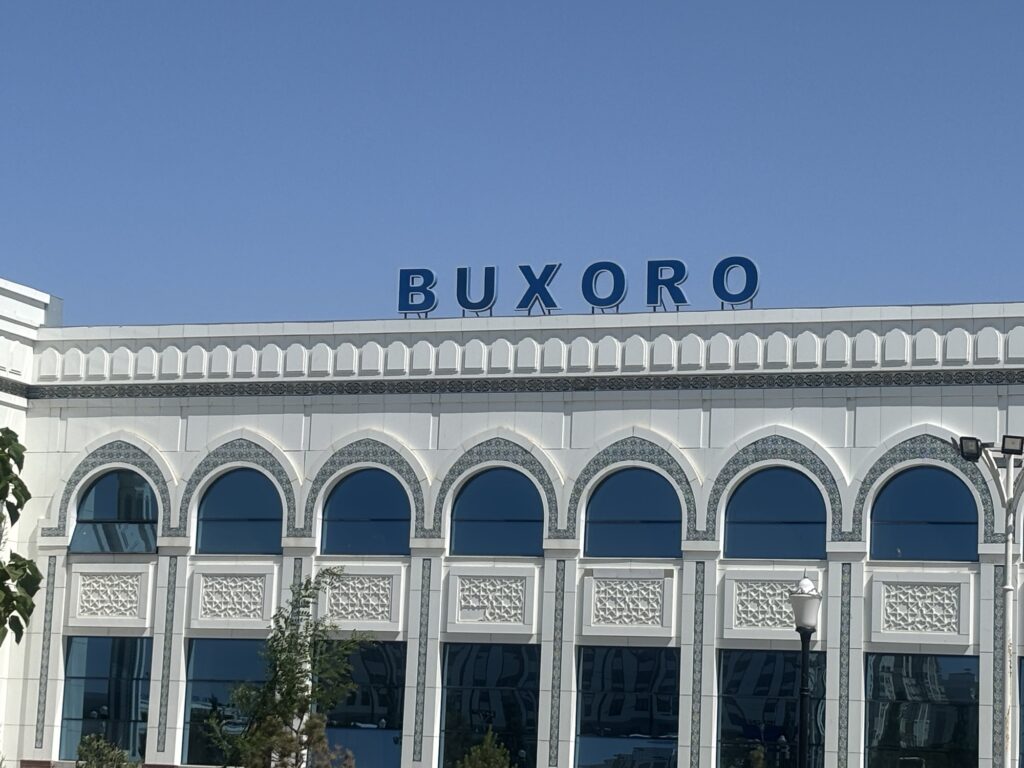
This is an old city, beaten and battered by many through various civilisation ,and survived. The birthplace of Imam Bukhari. He learnt in many madrasahs here before embarking on a journey to learn Islam. He came back later on to Bukhara towards the end of his life and was expelled by the ruler at that time. He died outside Bukhara and buried in Samarkand.
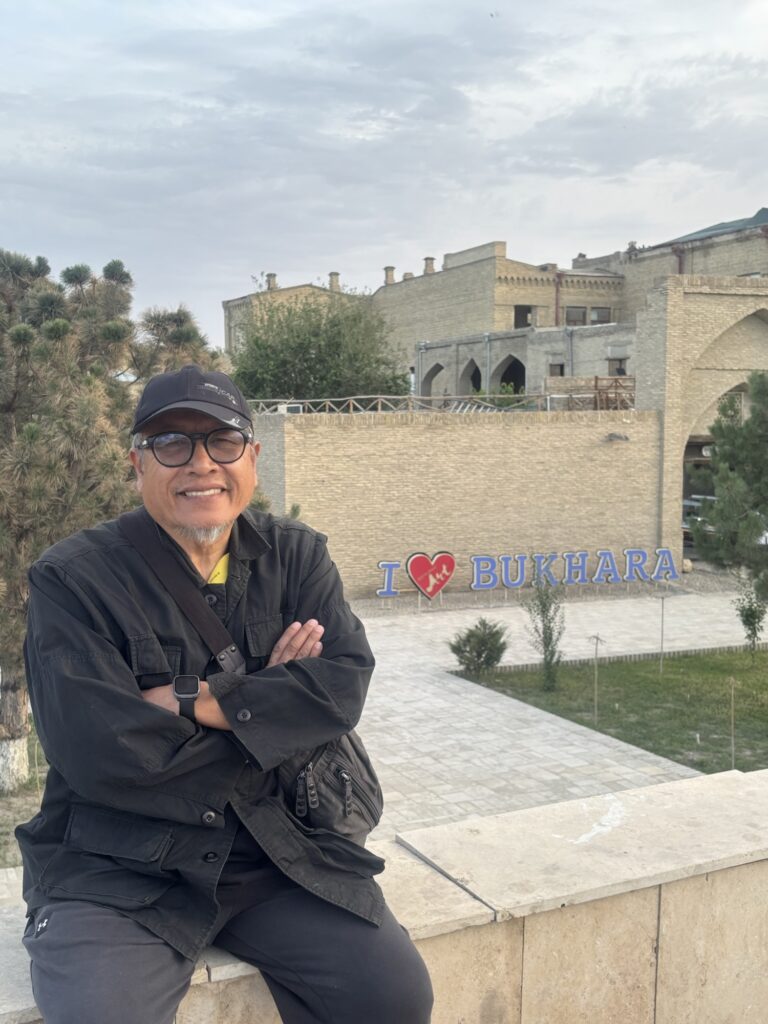
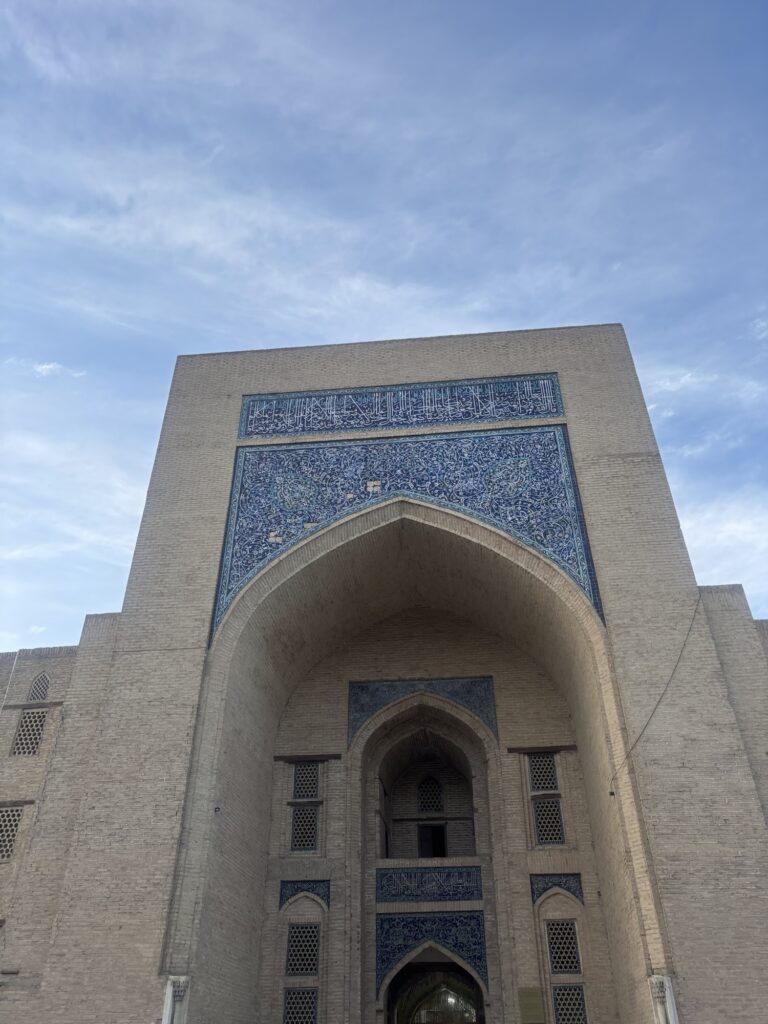
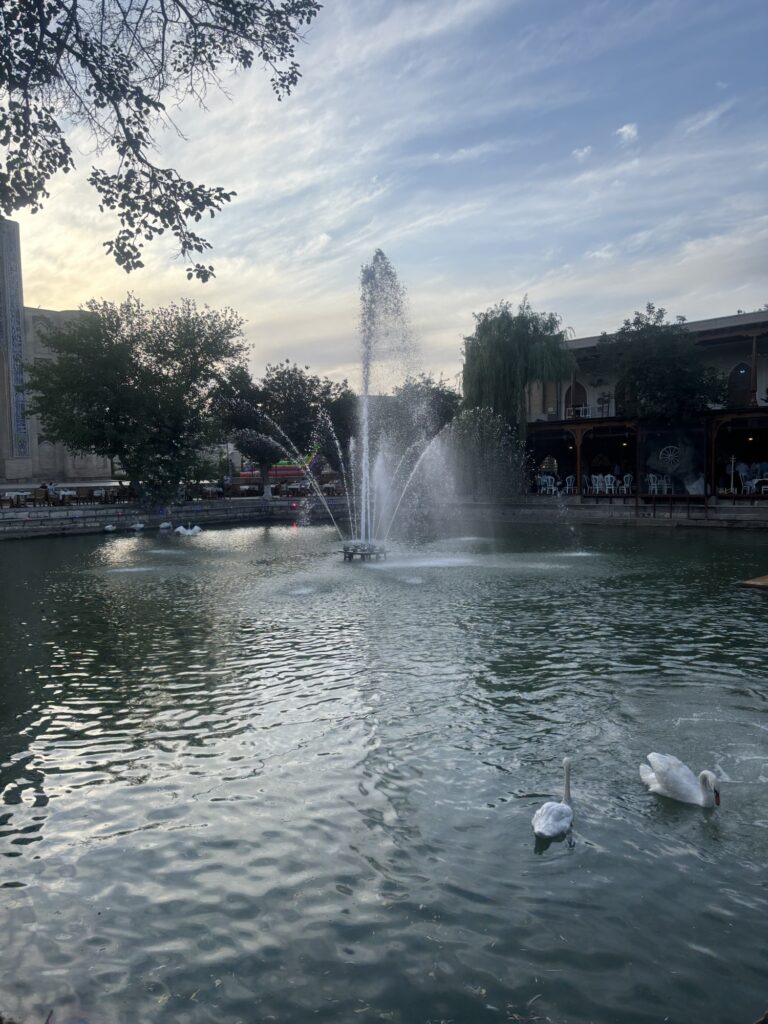
Some facts about Imam Bukhari :
Imam Bukhari (full name: **Muhammad ibn Ismail al-Bukhari**, 810–870 CE) was one of the most renowned Islamic scholars and the compiler of **Sahih al-Bukhari**, one of the most authentic collections of Hadith (sayings of the Prophet Muhammad ﷺ).
How Did Imam Bukhari Die?
Imam Bukhari’s death is surrounded by historical accounts suggesting political and theological tensions:
– He faced opposition from some rulers and scholars in **Bukhara** due to his strict adherence to Hadith scholarship.
– According to historical sources, he was expelled from Bukhara after refusing to teach exclusively for the ruling family.
– He moved to **Khartank**, a village near Samarkand (modern-day Uzbekistan).
– Some accounts suggest he was poisoned by political opponents, while others say he died of natural illness.
– He passed away in **870 CE (256 AH)** at the age of **60** on the night of **Eid al-Fitr**.
### **Where Was Imam Bukhari Buried?**
Imam Bukhari was buried in **Khartank**, near Samarkand. His tomb later became a major pilgrimage site:
– **Mausoleum of Imam Bukhari**: Located about **25 km from Samarkand**, his shrine is a beautifully restored complex with a mosque, madrasah, and a peaceful courtyard.
– The site was rebuilt during the Timurid era and further restored in the 20th century.
– Today, it is a significant place of visitation for Muslims, especially scholars and Hadith students.
So we missed his mausoleum when we were in Samarkand. But it’s okay I am no tomb seeker and already visited many makam while in Samarkand. Apparently a visit to mausoleum of revered alim or leaders is an important thing over here. The big complex with intricate design that we saw in Samarkand is either a mausoleum or madrasahs.
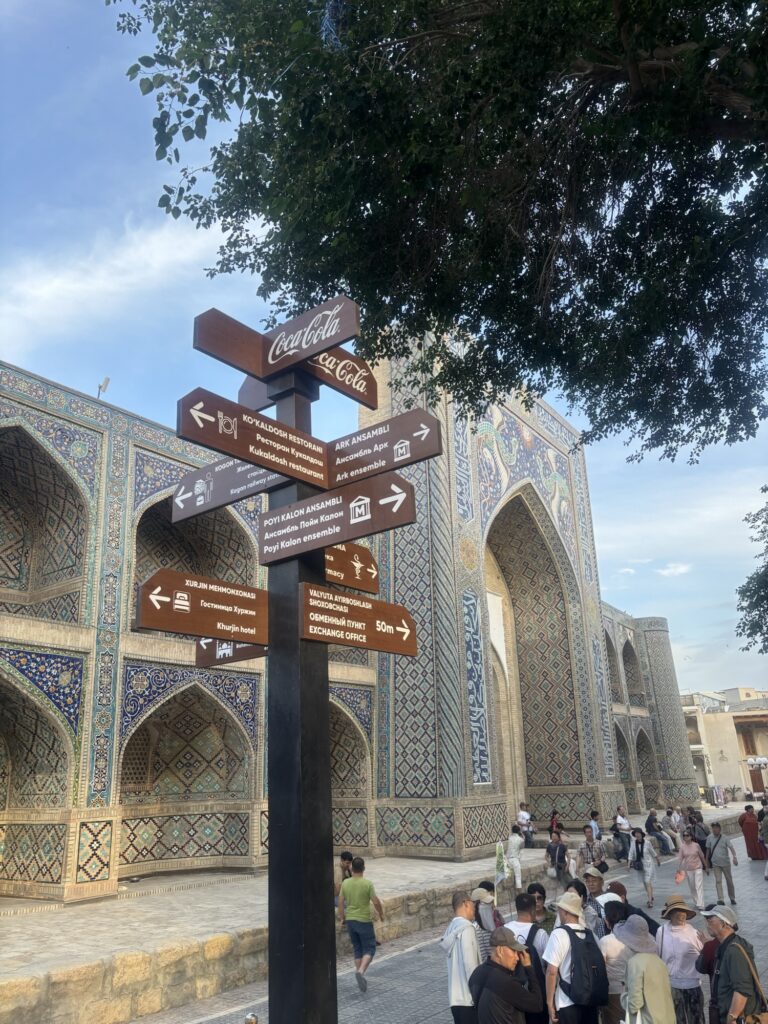

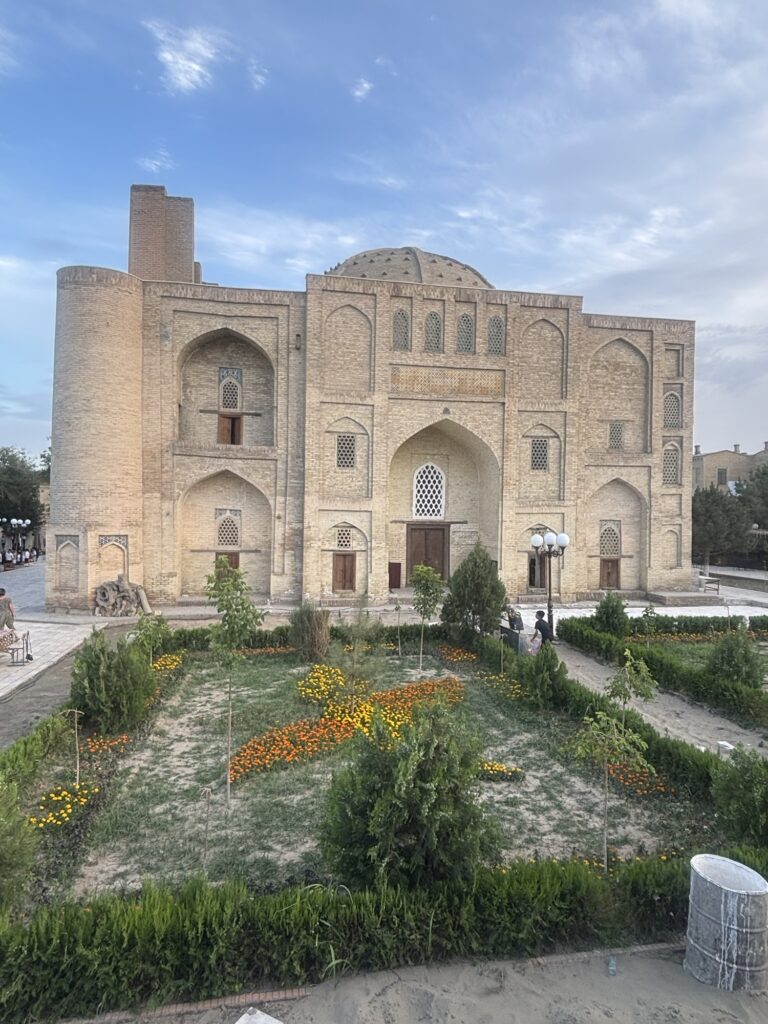
In Bukhara the big complex with a minaret is mainly madrasah. Inside they had a mosque and residence for students. Sadly those are abandoned madrasahs remained in a state of disrepair. The mosque was also abandoned and only recently being restored. The abandoned madrasahs have been converted into a bazaar for selling handicrafts and clothes. Sad and disappointed with the whole circumstances. Has life been too hard for them? It’s not fair for me to judge them since I was there just for a day.

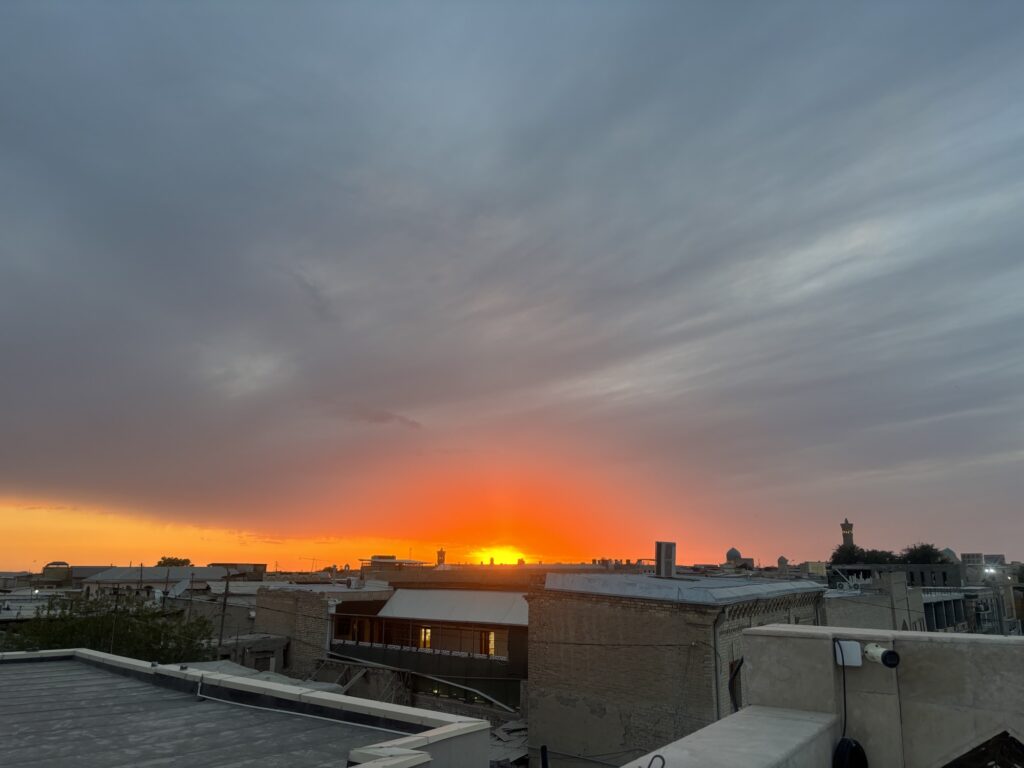
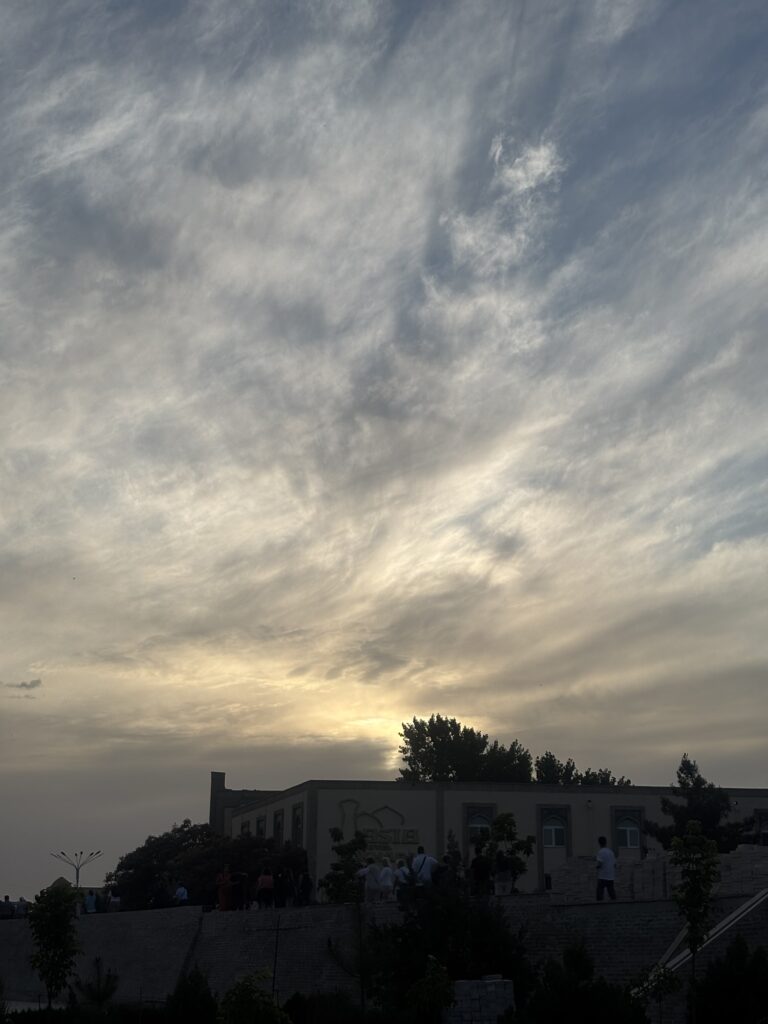
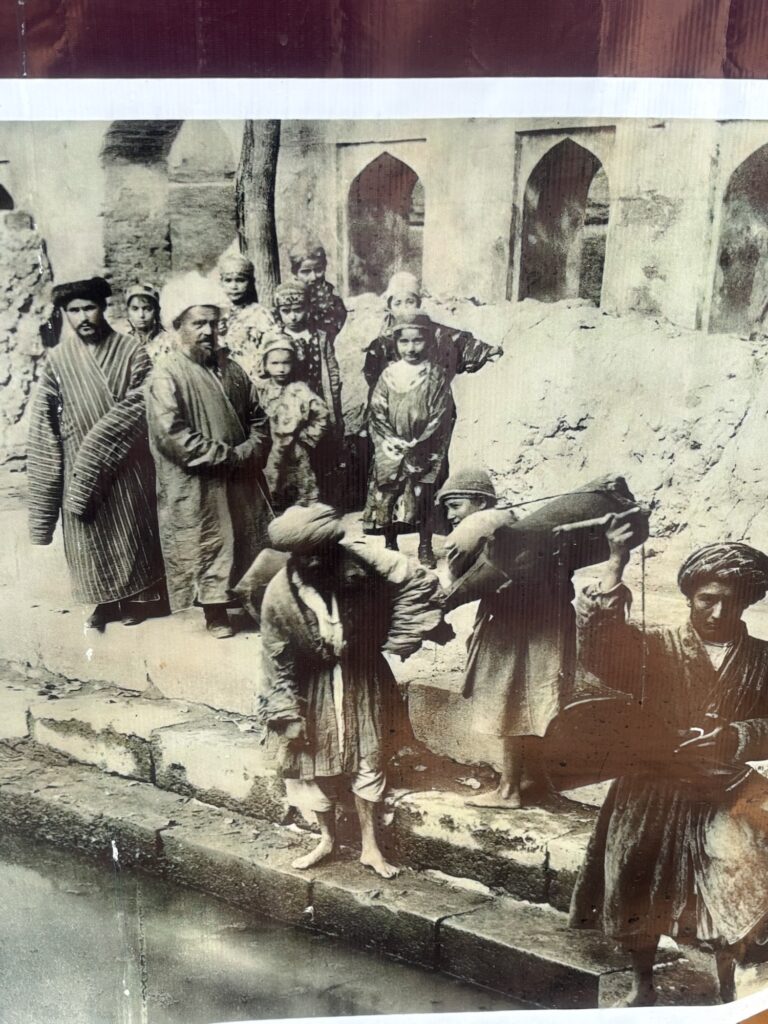
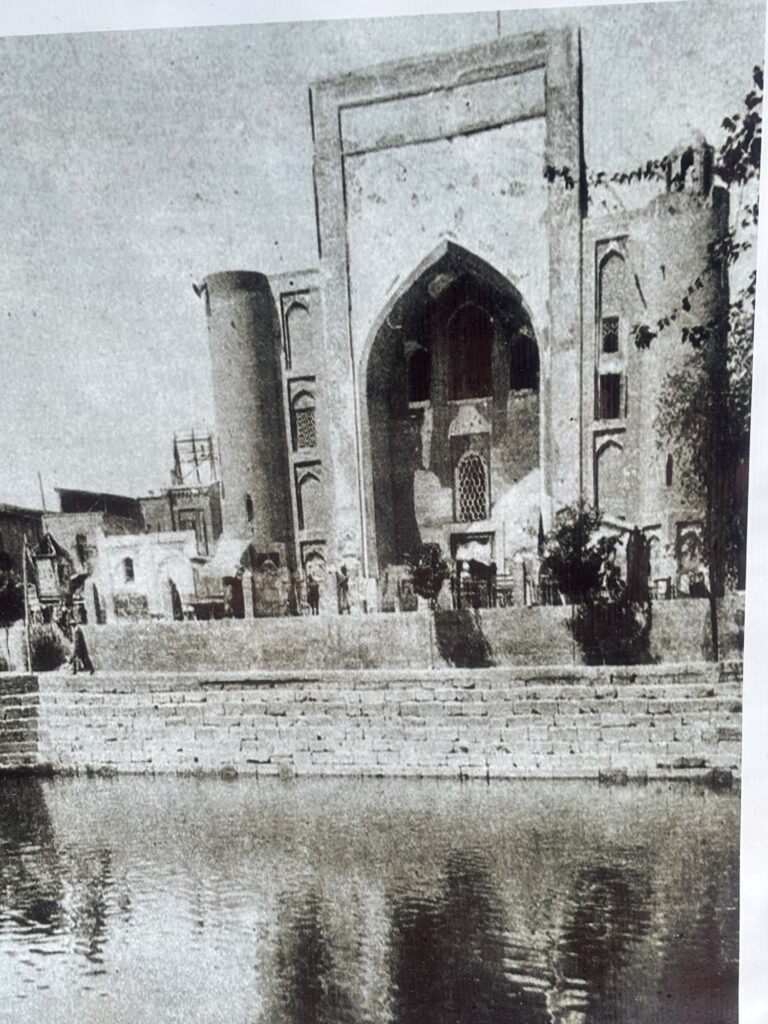
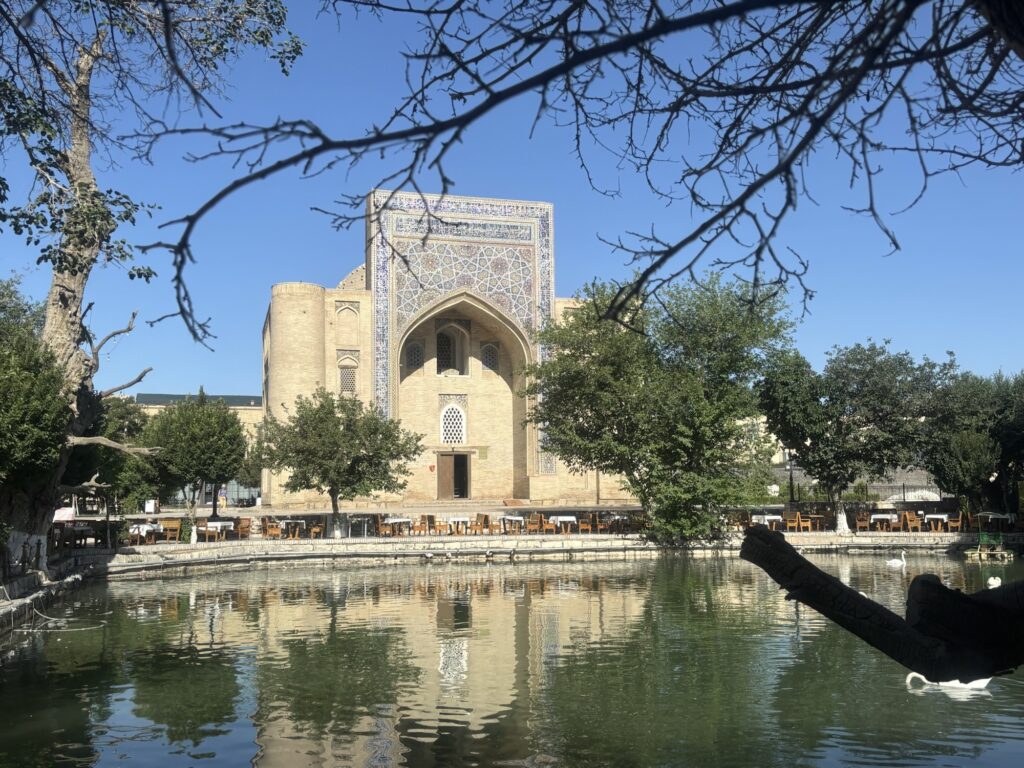
Beautiful Bukhara is now a major tourist attraction. Exchange rate RM1 = 3,000 uzbek som. One liter mineral water is 5000 som. A plate of nasi pilau is 45000 som. So big dream big money. Jauh perjalanan— pokai!


